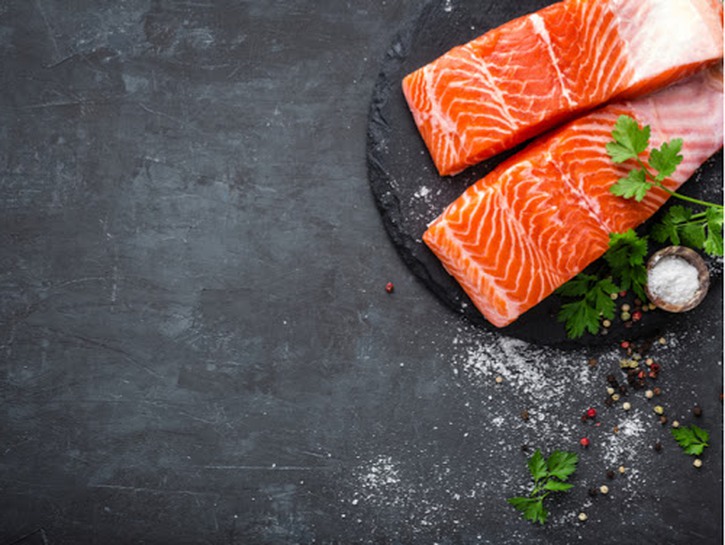Have you ever noticed the white goop that appears when you cook salmon? We’re here to break down what it is, figure out if it’s bad for you, and recommend ways to avoid it. Let’s dive right in!

So, What Is It?
The white ooze that develops when salmon is cooked is actually called albumin. Albumin is a protein that gets pushed out of the muscle fibers of the fish when it’s heated. This happens to all salmon, no matter what you do, but it can be minimized with some effort. Once the salmon reaches between 140 and 150 degrees, the moisture from the protein is pushed out and turns into that weird white foam that we all recognize.

But Wait, It It Harmful?
We can all agree that the white substance trickling out of our pretty salmon filet is pretty off-putting. On a brighter note, that albumin is simply gross and not at all harmful. As previously mentioned, it’s just a congealed protein that occurs when salmon is heated. It is totally safe for consumption and doesn’t have any negative effects — besides being unappetizing. What a relief!

How To Cut Down On Albumin
This pesky protein can never be completely avoided because it is a natural part of salmon. However, there are a few methods that can help less albumin leach out of your fish. We recommend a quick 10-minute brine before cooking; this simply means a salty water soak, usually about one tablespoon of salt per cup of water. Another way to lessen albumin release is to slow cook the salmon. Slow cooking entails cooking the fish for a longer time at a lower temperature. This is a more delicate handling of the salmon, so will release less albumin than a harsh higher heat method. The third way to get less white foam is to sear your fish with the skin side down only; the skin acts like a barrier to help protect the filet. Keep in mind that there will still be some white leakage even using these methods.
But, now we’ve figured out what albumin is, that it’s not at all harmful, and shared three helpful ways to minimize it. Bring on the salmon!
